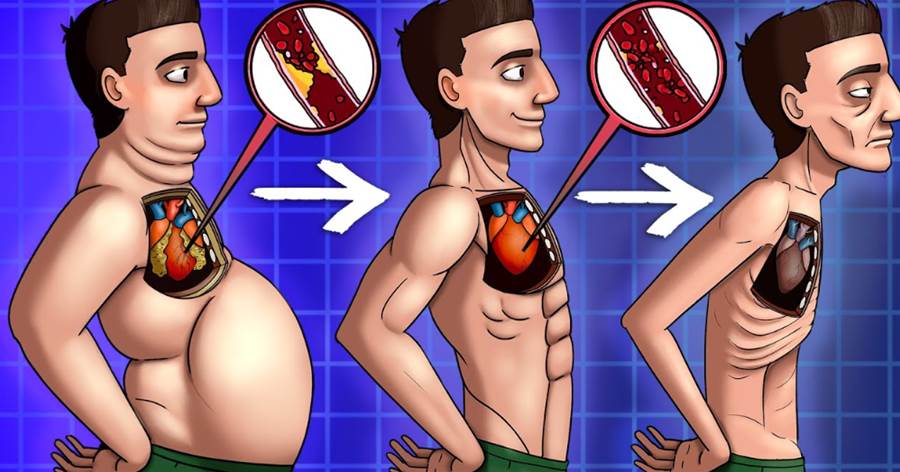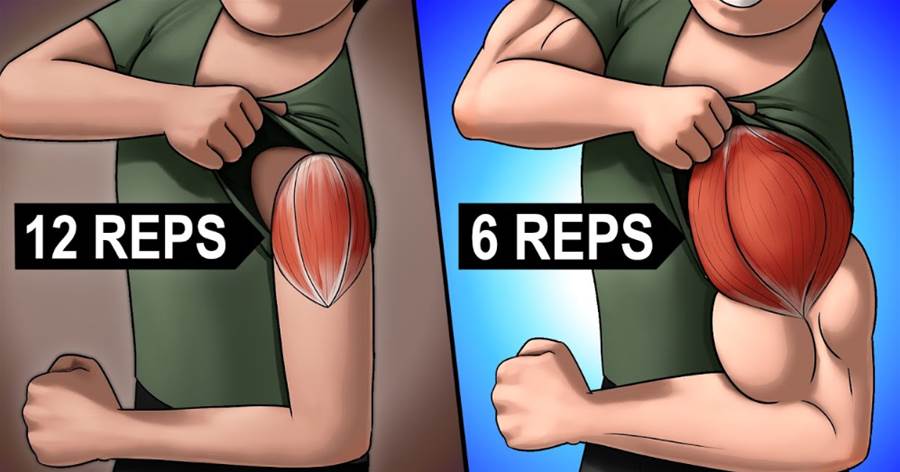
Imagine you’ve just wrapped up an intense workout, feeling the endorphins flood your system, but then comes the question: what can you do to enhance your gains? Enter creatine, one of the most popular and well-researched supplements in the fitness world. But what exactly happens in your body after you take it? This article will take you on a journey through the biochemical effects of creatine, illuminating both the benefits and potential pitfalls.

Creatine is a naturally occurring compound found in small amounts in certain foods, like red meat and fish. It plays a crucial role in energy production, particularly during high-intensity exercise. Discovered in the early 19th century, creatine is synthesized in the liver from the amino acids glycine, methionine, and arginine. On average, a 155-pound person has about 120 grams of creatine stored in their muscles, primarily utilized for energy during workouts.
When you take creatine, your body converts it into creatine phosphate. This transformation is vital for energy production. Muscle contractions require ATP (adenosine triphosphate), but the stores of ATP in your muscles are limited and can only sustain activity for a few seconds. Once ATP is used, it breaks down into ADP (adenosine diphosphate), which cannot be used for energy. Here’s where creatine phosphate comes into play: it donates a phosphate group to ADP, converting it back into ATP, thus enhancing your muscles' energy reserves and delaying fatigue.

1. Ingestion: Creatine can be consumed through supplements or foods. A pound of beef or salmon typically provides about 1-2 grams of creatine.
2. Absorption and Conversion: After ingestion, creatine is absorbed in the intestines and transported to the muscles, where it's converted to creatine phosphate.
3. Increased Energy Availability: With more creatine phosphate stored, your muscles can produce ATP more efficiently, leading to improved performance during high-intensity activities.
4. Enhanced Athletic Performance: Research has shown that creatine supplementation can improve lifting performance by an average of 14% compared to placebo groups. It enhances maximal power output, making it a staple for athletes like powerlifters, sprinters, and bodybuilders.

While athletes and fitness enthusiasts frequently use creatine, it’s not just for them. Vegetarians and vegans, who may have lower creatine levels due to their diets, can particularly benefit from supplementation. A study indicated that those who do not consume meat often have less creatine stored in their muscles, which can negatively impact athletic performance (source: Journal of the International Society of Sports Nutrition).
Despite its benefits, creatine is not without potential downsides. Some users report gastrointestinal discomfort, muscle cramping, and weight gain, primarily due to water retention in muscles. While these side effects can be uncomfortable, they are generally mild compared to the advantages of increased energy and performance.
The long-term safety of creatine has been widely studied, and current research suggests it is safe for most healthy individuals when taken in recommended doses.
However, it’s always best to consult a healthcare professional before beginning any supplementation, especially if you have underlying health conditions.

Athletes often share their experiences with creatine, emphasizing its transformative effects. Take, for instance, the story of professional bodybuilder Chris, who credits his competition wins to his strategic use of creatine.
“It’s like a turbo boost for my workouts,” he explains, adding that he notices a marked difference in his strength levels during training.
While creatine can enhance performance, it's essential to remember that supplementation should be part of a balanced diet and exercise program. Over-reliance on supplements can lead to neglecting proper nutrition and training techniques.
In summary, creatine can profoundly affect your body, enhancing energy production, improving athletic performance, and supporting muscle recovery.
Whether you’re a seasoned athlete or someone looking to amp up your fitness game, understanding how creatine works can empower you to make informed choices about supplementation.
So, next time you consider adding creatine to your regimen, remember: it’s not just a supplement; it’s a tool for unlocking your body’s full potential. As you embark on your fitness journey, always pair supplementation with smart training and nutrition for the best results. Happy lifting!
The article is not finished. Click on the next page to continue.
Next page


















